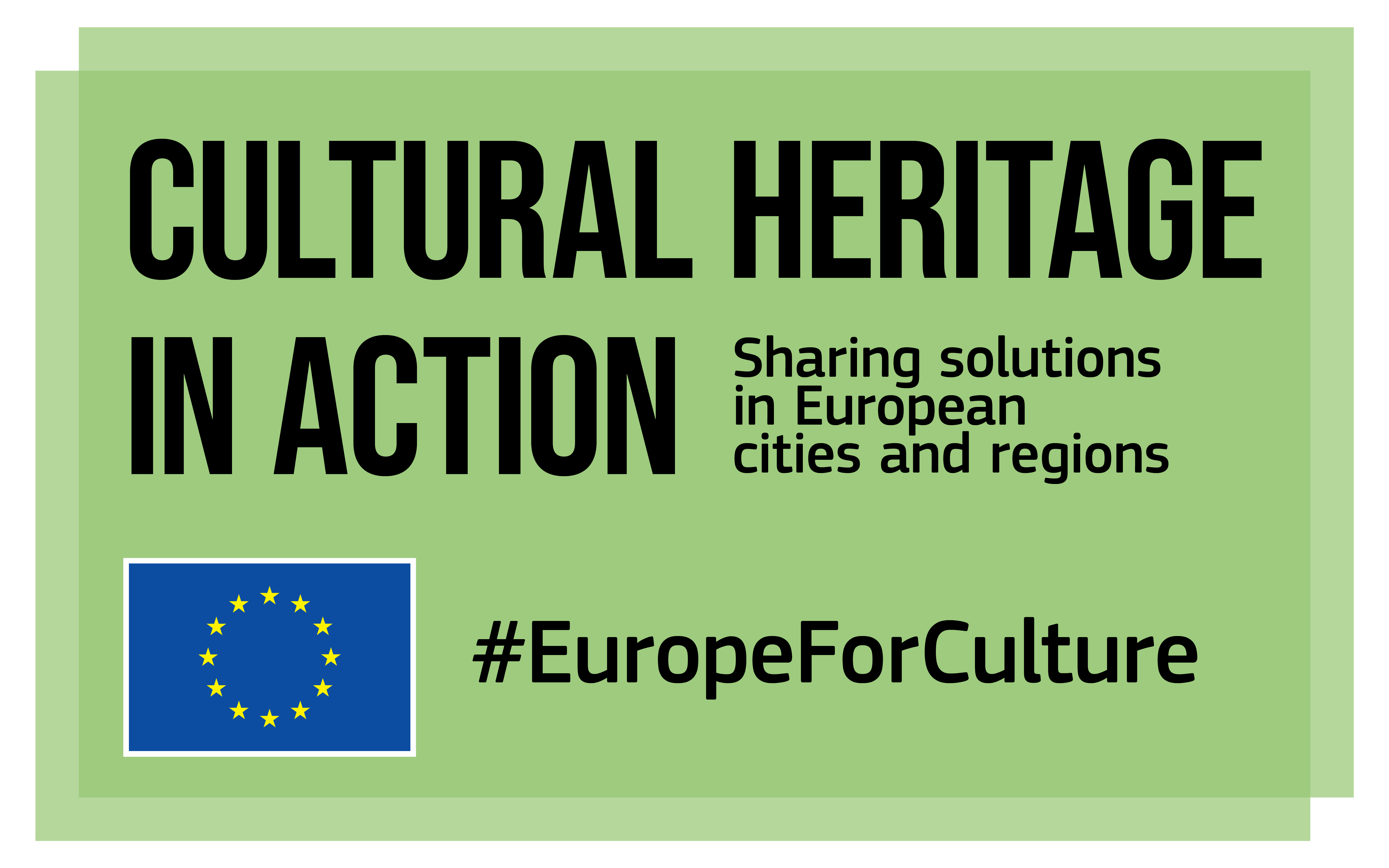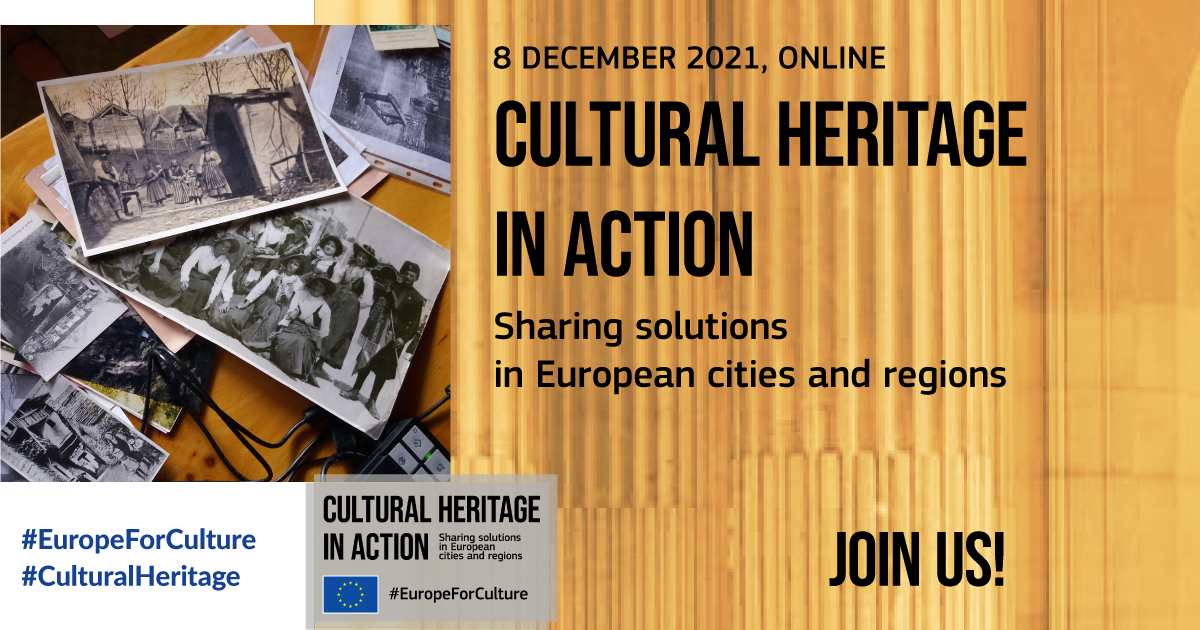
Project facts
Presentation
Cultural Heritage in Action is one of the actions of the European Framework for Action on Cultural Heritage of the European Commission. It is a peer-learning programme that allows over 100 local and regional policy makers to exchange knowledge on cultural heritage.
The project empowers cities and regions to strengthen their cultural heritage policies and initiatives as well as develop innovative solutions to preserve cultural heritage assets.
The project’s consortium is led by Eurocities with KEA, ERRIN, Europa Nostra and Architects’ Council of Europe. The project is funded by the European Union’s Creative Europe programme from January 2020 to January 2023.
Three core topics formed the bedrock of all the project activities: participatory governance of cultural heritage, adaptive re-use of heritage buildings, quality of interventions on cultural heritage. These topics have been adapted to face the COVID-19 pandemic.
Throughout its first 18 months, the project has:
- Mapped out good practices and developed a catalogue of 32 good practices across Europe.
- Set up 10 online peer-learning visits, involving altogether more than 190 cultural practitioners and policymakers to share knowledge and insights. The value of cultural heritage is incredible, and so is the interest it generates across a diverse range of practitioners. Cultural heritage brings together all sorts of people, professions and skillsets.
- Produced a total of 39 videos as part of the knowledge sharing and exchange of experience during the peer learning visits.
The project’s thematic analysis (entitled ‘cultural heritage: a powerful catalyst for cities and regions) presents the key findings from Cultural Heritage in Action. It captures the main trends identified during the project and articulates key learning points, for both policies and projects. It is available here on the project website.
In its second phase, Cultural Heritage in Action will focus on three additional and interlinked topics:
- Recovery and resilience through cultural heritage in a post pandemic world
- A more sustainable cultural heritage to face the climate crisis
- Governance and financing: new roles for local and regional authorities
Impacts & Results
Since 2020, Cultural Heritage in Action empowers cities and regions to strengthen their cultural heritage policies and initiatives as well as develop innovative solutions to preserve cultural heritage assets.
Across the European Union, cultural heritage is an important asset for culture, economy, tourism and territorial competitiveness. It shapes identities of cities and regions, positively affects well-being and quality of life and contributes to social cohesion. Investing in cultural heritage is strategic for cities and regions. Some have been more successful than others in making bold investments about cultural heritage, and in ensuring long term benefits.
Banner Photo: Milan Cathedral ©Shangyun Shen


